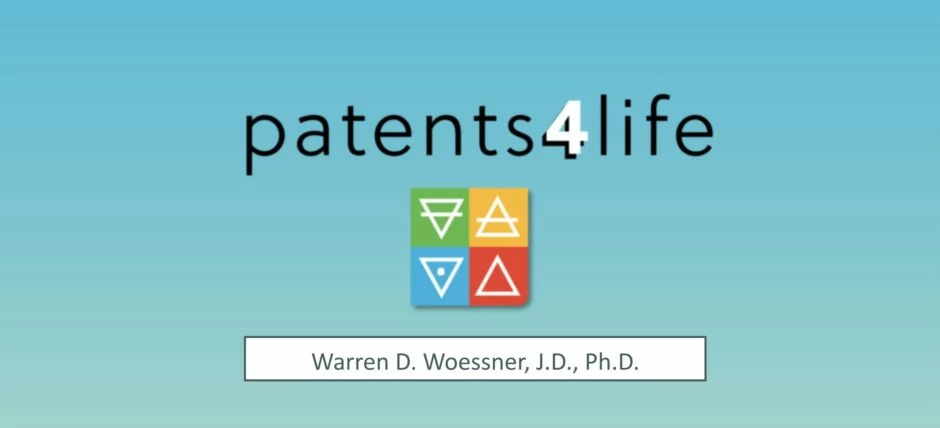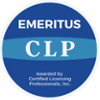Because the Federal Circuit says it can’t, that’s why! In Cleveland Clinic Foundation v. True Health Diagnostics LLC, 859 F.3d 1352 (Fed. Cir. 2017), the panel held patent-ineligible claims to a method of assessing a test subject’s risk of having cardiovascular disease (CVD) by comparing levels of a marker MPO in a sample from the subject with levels from control subjects diagnosed as not having the disease wherein elevated levels of MPO in the test subject over the control subjects’ MPO levels “is indicative of the extent of the test subject’s risk of having cardiovascular disease”. In that decision, the panel found that the method claims are directed to a patent-ineligible natural law ‘that blood MPO levels correlate with CVD, “holding that the claimed method ‘starts and ends’ with observation of ‘naturally occurring phenomena’, as in Ariosa….” The panel jumped right to Step 2B of the Mayo/Alice test and found that the claims “recited no further inventive concept sufficient to transform the nature of the claims into a patent eligible application of the natural law.”
In this case, “Cleveland Clinic II,” (Appeal 2018-1218 (Fed. Cir., April 1, 2019) the Clinic appealed the 101 rejection of claims that did not recite a diagnostic conclusion:
- A method of detecting elevated MPO mass in a patient sample comprising;
- obtaining a sample from a human patient having [CVD]; and
- detecting elevated MPO mass in said plasma sample, as compared to a control MPO mass level from the general population or apparently healthy subjects, by contacting said plasma sample with anti-MPO antibodies and detecting binding between MPRO in said plasma samples and said anti-MPO antibodies.
These claims were designed to track Example 29 – Claim 1 of the May 4, 2016 PTO Guidance on patent-eligible subject matter:
- A method of detection JUL-1 [a marker for the autoimmune disease “julitis”], said method comprising:
- obtaining a plasma sample from a human patient; and
- detecting whether JUL-1 is present in the plasma sample by contacting the plasma sample with an anti-JUL-1 antibody and detecting binding between JUL-1 and the antibody.






